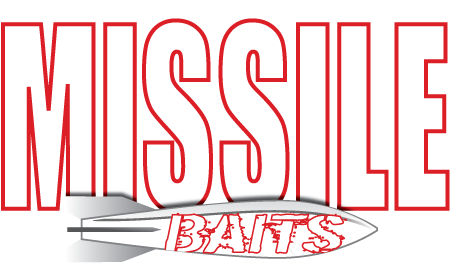3 Steps to Catching Bass on a Ned Rig

Catching bass is the objective for any bass angler and finding new ways to achieve that is fun. The Ned Rig is one of the latest techniques to put bass in the boat but even many seasoned professional anglers are behind the curve. I know this because I am a B.A.S.S. Elite Series angler and I know that many of my competitors are not using it. Let’s get to stepping.
Step 1: Use the Proper Tackle
The Ned Rig is used most proficiently with spinning tackle. Because of the way you fish it (more on that next), spinning gear allows for longer casts and better line management during the retrieve. I like a 7’ to 7’3” Cashion Rods medium action spinning rod. Anything shorter will leave you at a leverage disadvantage. A quality spinning reel in the 2500 or 3000 size range is best like the Daiwa Tatula LT 3000 I use. Line is very important. Running a 10 to 15-pound braid main line to a 8 to 10 pound fluorocarbon leader is the way to go. I use 12-pound Sunline X-Plasma braid in lime green on the main line so I can see my line easy. My leader is usually 15 to 20’ long and made of 8-pound Sunline Sniper. The longer leader helps to not break the leader due to the braid and helps the lighter bait cast further. Trying different rod and reel combos has landed me on this type set up.
Step 2: The Way You Fish It
The Ned Rig is a short compact soft plastic bait threaded on a lighter jig head. It looks like other finesse baits you drag on the bottom like shakey heads and micro jigs. This is the big difference. You don’t drag them on the bottom. Most of your bites will come as the bait is falling, gliding, or just ticking the bottom. This misconception was my big mistake when I started with this technique. Using those lighter jig heads is key to keeping the bait just above or just touching the bottom as it glides back to you. Lighter weights are anywhere in the 1/32 to 1/8-ounce range. However, there are applications for heavier weighted Ned heads like in very deep water or current. The main concept to learn here is trying to make the bait naturally glide and scoot back to you.
Step 3: Get The Feel
Now that we know the tackle and the concept of how to fish it, the final step is getting the feel of it. That is much easier said than done. The feel is the part that I am still getting down and I have been using the Ned rig for years. I generally like to use a 1/16-ounce NedBall Head from Missile Baits to start with. I can keep track of that size weight all the way down to 10 or 12 feet deep with a Missile Baits Ned Bomb on the back. Think of your retrieve like a pendulum. The rate of fall will often dictate the bite rate so don’t be afraid to go to a faster fall at times like you could get with a 1/8 ounce. Again, the feel will be different with that heavier weight so you will have to adjust to feeling that bait go through the water column and just ticking the bottom. Each weight head will have a little different feel.
Once you get these 3 steps down for fishing a Ned Rig, you will have a big advantage over most other bass anglers on the water. Since long time outdoor writer, Ned Kahde, introduced the world to the technique, the Ned Rig has caught thousands of bass for him and many others. Ned still calls it the Midwest Finesse Rig but it is too late, the bass fishing world knows it as the Ned Rig. You should get to know it too.
